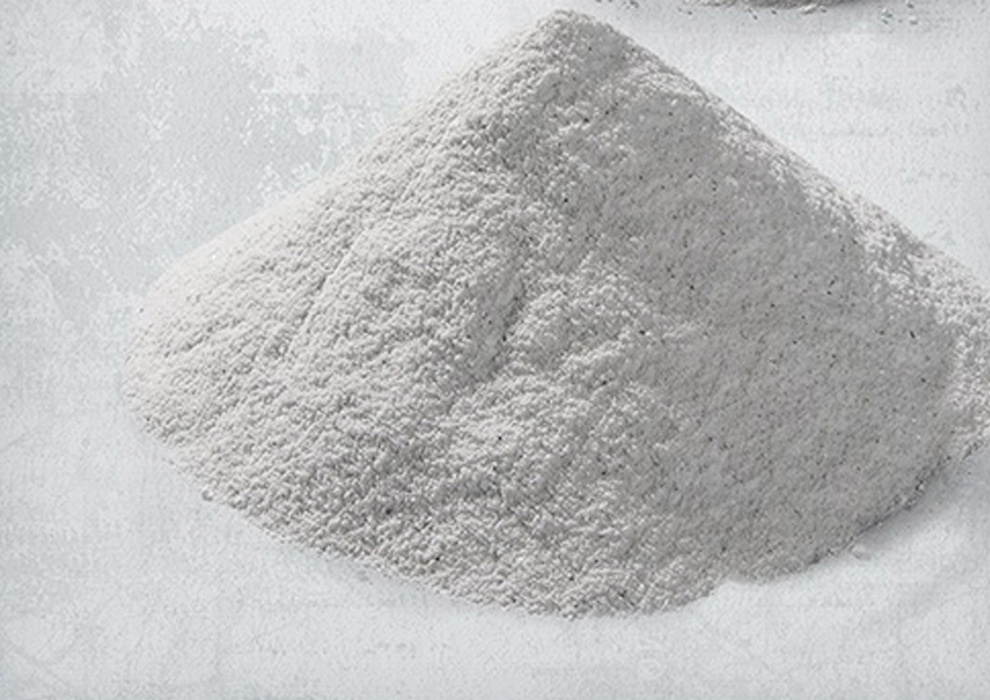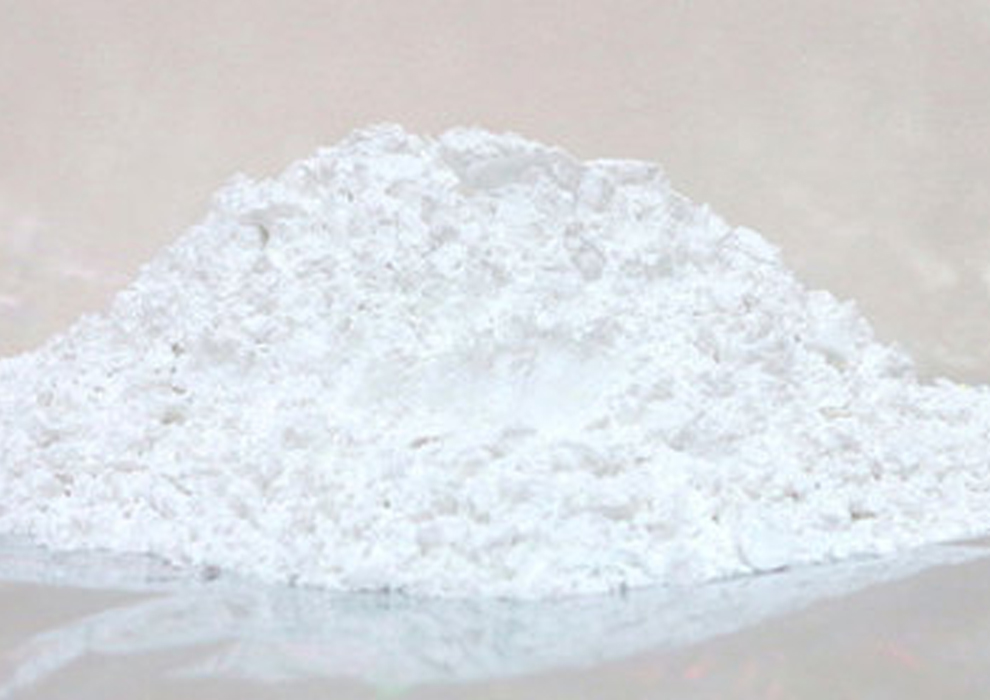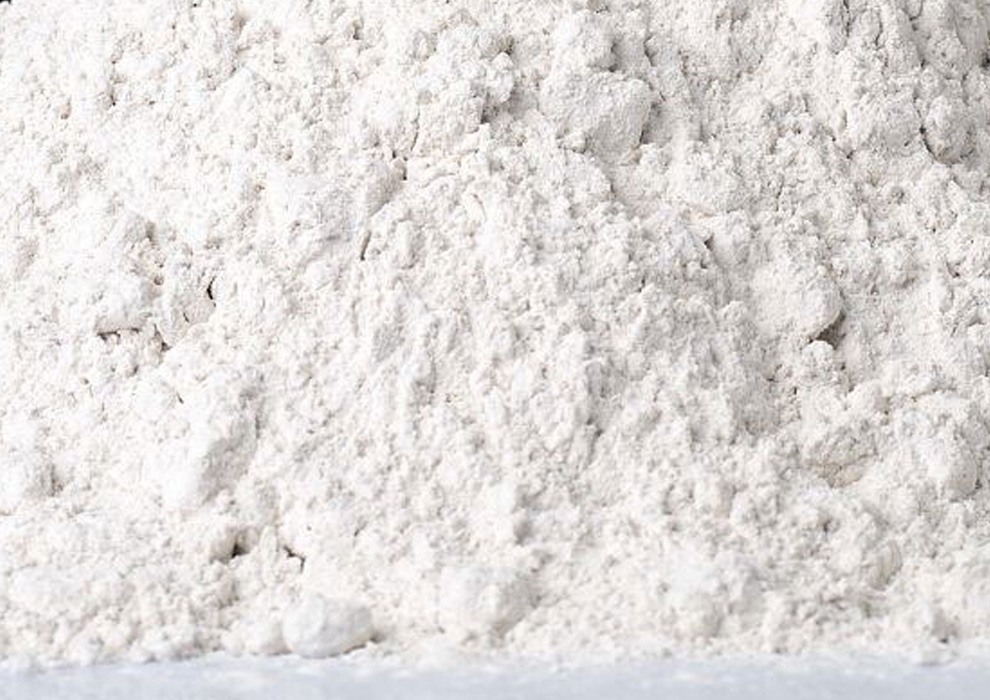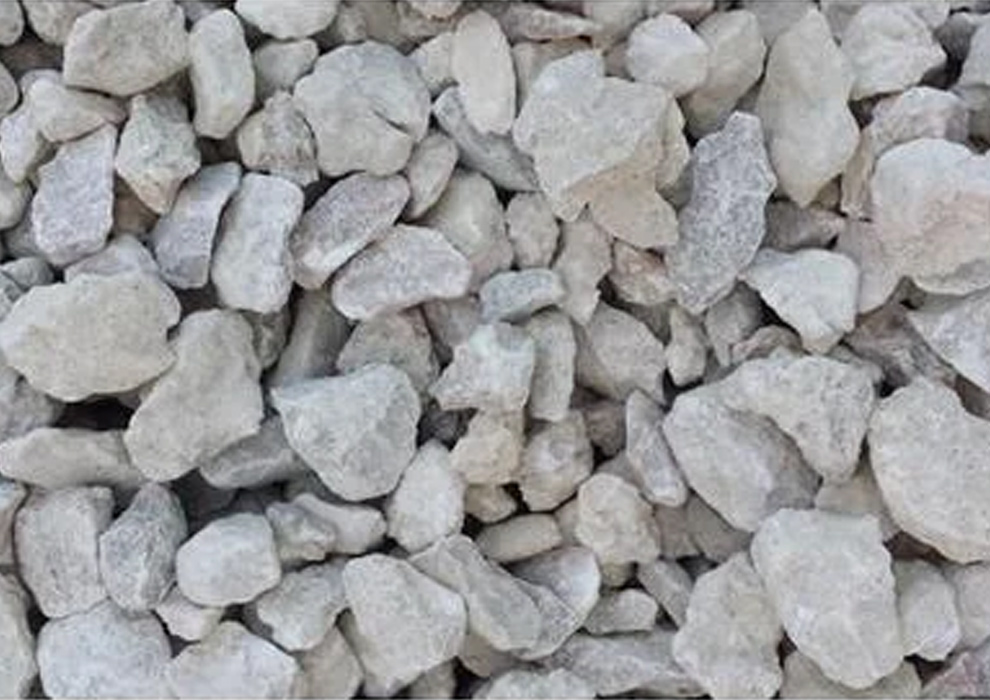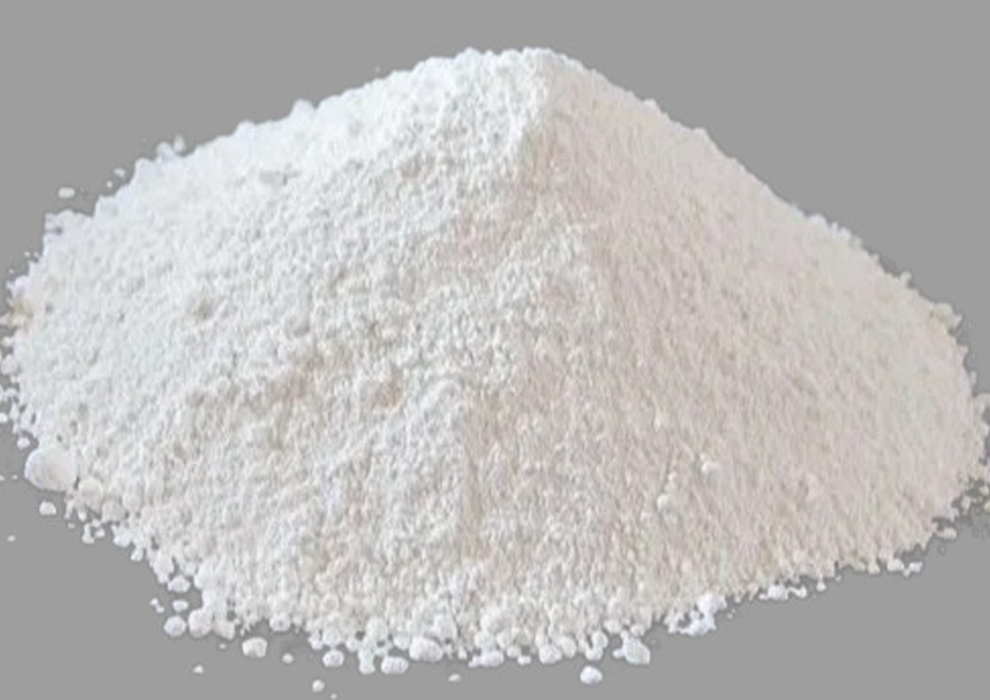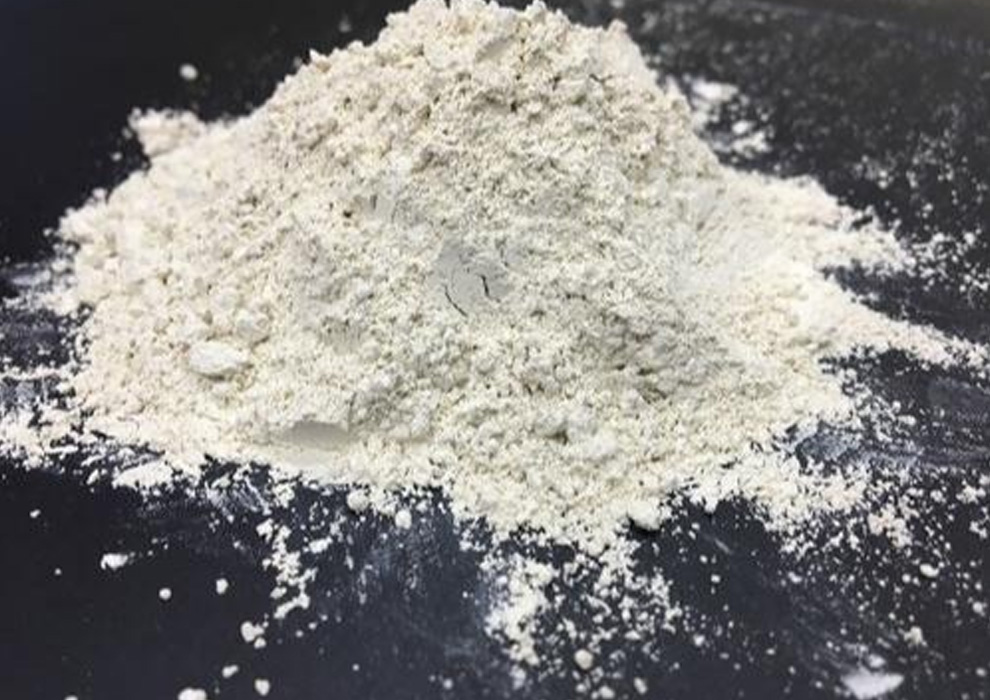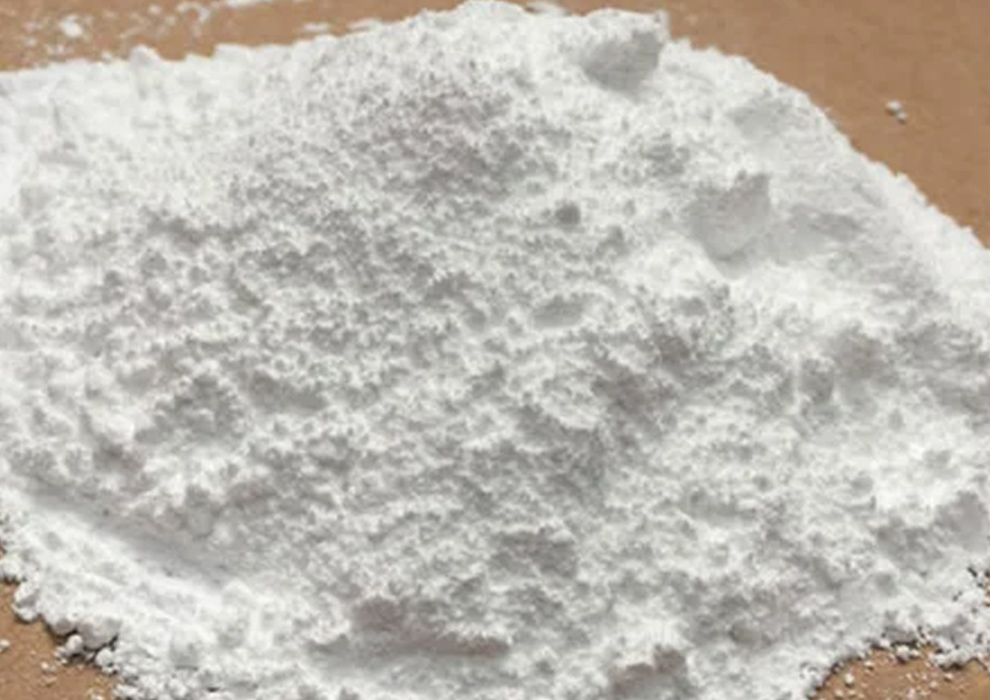Calcined Magnesite Powder


Calcined Magnesite Powder Uses
Calcination Process
The calcination of magnesite involves heating the raw magnesite ore to temperatures ranging from approximately 700 to 1000 degrees Celsius (1292 to 1832 degrees Fahrenheit). During this process, carbon dioxide and water vapor are released, leaving behind magnesia powder.
Chemical Composition
Calcined magnesite powder primarily consists of magnesium oxide (MgO). The properties and reactivity of the powder depend on factors such as the calcination temperature and the source of the magnesite ore.
Refractories
Calcined magnesite powder is a fundamental material in the production of refractory bricks and linings used in high-temperature applications like furnaces, kilns, and steelmaking.
Agriculture
It can be used as a magnesium fertilizer in agriculture to provide magnesium nutrients to plants and improve soil fertility.
Construction
Calcined magnesite powder can be used as a binder in construction materials such as magnesia cement and magnesia-based concrete.
Water Treatment
It's used in water treatment processes for pH adjustment and as a coagulant in wastewater treatment.
Physical Properties
Calcined magnesite powder is often fine and powdery in texture, with a high melting point and excellent resistance to heat and corrosion.
Safety
Calcined magnesite powder is generally safe for industrial use. However, as with any fine powder, proper safety precautions should be taken to prevent inhalation of dust and contact with skin or eyes.
Global Production
Major producers of magnesite and calcined magnesite include China, Greece, and Turkey.
Reactivity
Calcined magnesite powder is highly reactive, making it useful in various chemical and industrial processes where its high temperature stability and alkalinity are advantageous.



